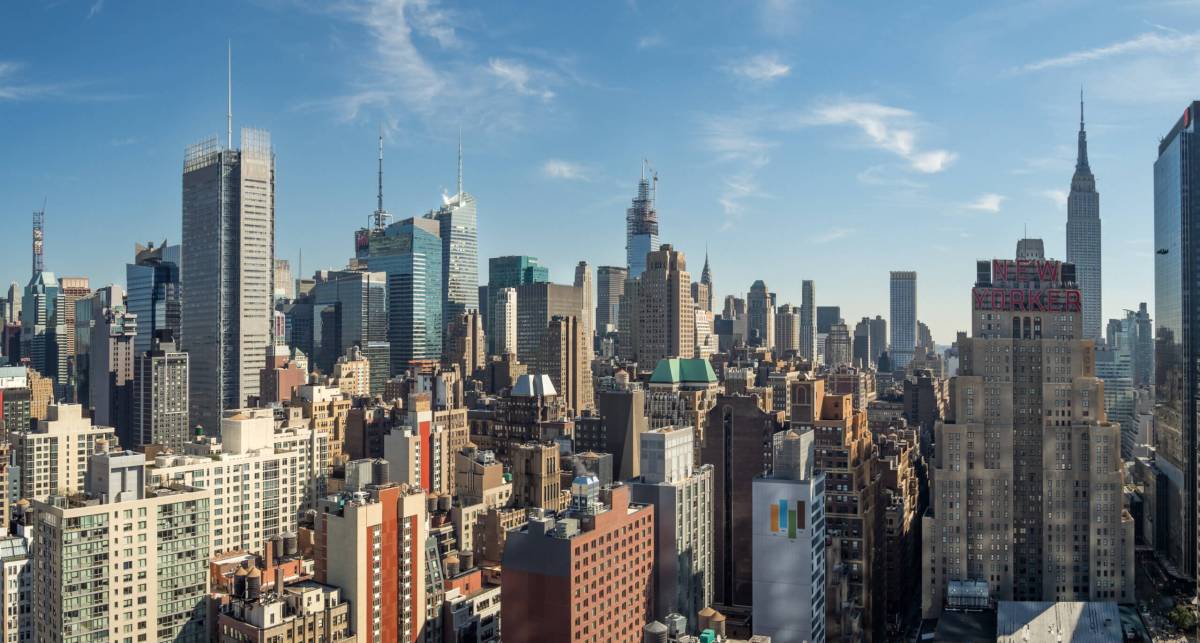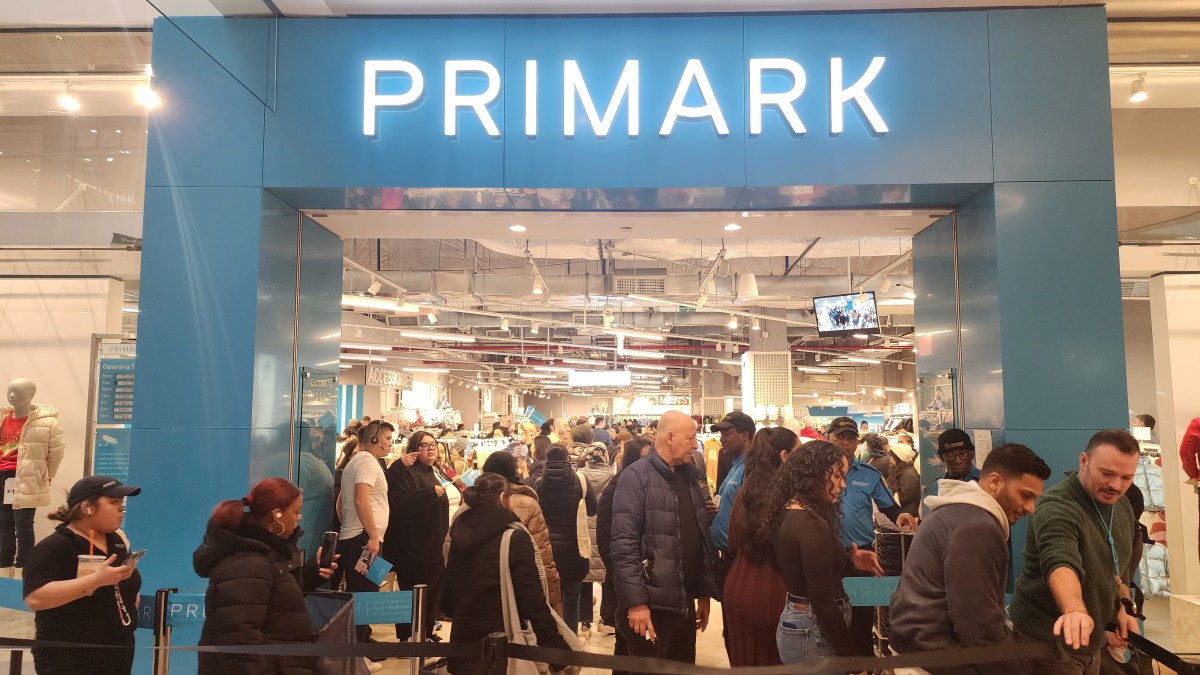While empty office buildings have become commonplace in the wake of the COVID-19 pandemic, there are some signs of life for Manhattan’s once-bustling business district, according to a new report.
The study, released Tuesday by the Real Estate Board of New York (REBNY), shows that Manhattan office buildings had an “office visitation rate” of 70% of the pre-pandemic levels — the highest mark since early 2020, when employees began working from home en masse.
“The uptick in October is a promising sign for New York City’s office market, particularly as some markets around the country have struggled to see much momentum in return to office,” said Keith DeCoster, Director of Market Data and Policy at REBNY.
The study examines cell phone activity, using Placer.ai location data, inside 350 Manhattan buildings, in an attempt to extrapolate a fuller picture of the habits of workers in New York.
Those 350 buildings represent nearly 50% of Manhattan’s office stock, according to REBNY.
While that data may be skewed by office attendees who carry multiple cell phones, or people visiting those buildings for non-office-related purposes such as ground floor commercial storefronts, the researchers believe the study shows a steady trend towards employees visiting office buildings for work.
The 70% visitation rate, which was represented by 11.4 million cellular devices visiting offices, marks a 4% uptick from the 66% that REBNY recorded in September. The October number also represents a 5% year-over-year increase from October 2022, when researchers recorded 10.8 million devices inside office buildings.
Notably, the final week of October, when the most recent data is available, saw a 77% office visitation rate — though the monthly average was pulled down by a weaker showing earlier in the month.
While the overall trend for Manhattan office buildings leans towards more in-person work, the study also shows that not all office buildings are created equal.
When breaking up the buildings in the study among three groups based on quality (factoring in location, construction, management, etc.), the office buildings of the highest character saw a notably higher level of office visitations.
Class A+ buildings (the highest of all those studied), saw a 74% office visitation rate in the month of October, while Class A/A- buildings (mid-tier offices) and Class B/C buildings (the lowest-tier), approached 70% rate, compared with pre-pandemic levels.
“While the City’s best-in-class buildings continue to capture the highest rates, gains in B/C buildings during the last several reporting periods suggests that businesses occupying a broad cross-section of the market are getting more employees back in the office — at least several days during the week,” said DeCoster.
Also of note, when the researchers broke up the buildings in their study into three groups by location (Midtown, Midtown South, and Downtown), they found significant fluctuations.
Buildings in Midtown South, between 29th and 45th streets, had the highest level of office visitations at 76% of pre-pandemic levels in October of 2023.
Meanwhile, Midtown buildings trailed with 71%, and Downtown offices followed with a notably-lower 60%.
While the study has many obvious implications for the future of work, and the economic effects of the work-from-home trend, it may also inform lawmakers’ thought processes on commercial-to-residential conversions.
Mayor Eric Adams, for example, has previously pledged to speed up the permitting process to convert vacant office buildings into housing units — saying his proposals would help create 20,000 new homes for New Yorkers.
“It’s unbelievable how much empty office space we have sitting idly by with ready and willing participants to develop the housing and we are in the way,” Adams said on Aug. 17. “Well, it’s time to get out of the way so we can turn these office cubicles into nice living quarters.”
Part of his plan calls for all structures built before 1990 to be automatically rezoned to allow for residential usages — helping property owners find more efficient uses for buildings currently earmarked only for commercial usages.
That plan is still working its way through the lengthy legal process, but could allow for a swath of new residential properties to hit the market — just as rental prices for offices are declining, and residential rents are hitting record highs.
“Today, as part of our ‘City of Yes for Housing Opportunity’ plan, we are throwing open the door to more housing — with a proposal that will allow us to create as many as 20,000 new homes where the building owner wants to convert offices into housing but needs help cutting through the red tape,” Hizzoner said in a statement.
Read more: Multiple Brooklyn shootings leave 1 dead, 4 wounded


































